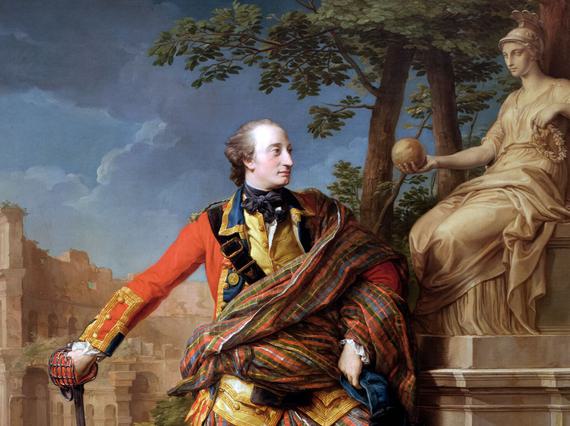
About Wild and Majestic: Romantic Visions of Scotland
Dramatic highland landscapes, heroic histories, tartan and bagpipes are among the defining images of Scotland for many people around the world today.
From the Romantic movement of the 18th and early 19th centuries to Queen Victoria’s highland idyll at Balmoral, Wild and Majestic considered the origins of these ideas and explored how they were used to represent Scotland around the world, expressed through highland and military dress, royal visits, art, literature and the beginnings of the Scottish tourism industry.
Featuring rich displays and iconic objects, this landmark exhibition charted Scotland’s journey into the global imagination and invited visitors to think again about the meaning and relevance of ideas that continue to define Scotland today.
National Museums Scotland partnered with Sabhal Mòr Ostaig College on Skye, part of the University of the Highlands and Islands (UHI), on the production of content for the exhibition. Gaelic language and culture featured throughout the exhibition, with the main narrative presented in both English and Gaelic.
Each section of the exhibition included exploration of themes from a Gaelic-cultural perspective, and throughout the exhibition filmed interviews reflected a range of perspectives, including Gaelic voices, on some contested historical themes about the period.
Exhibition highlights
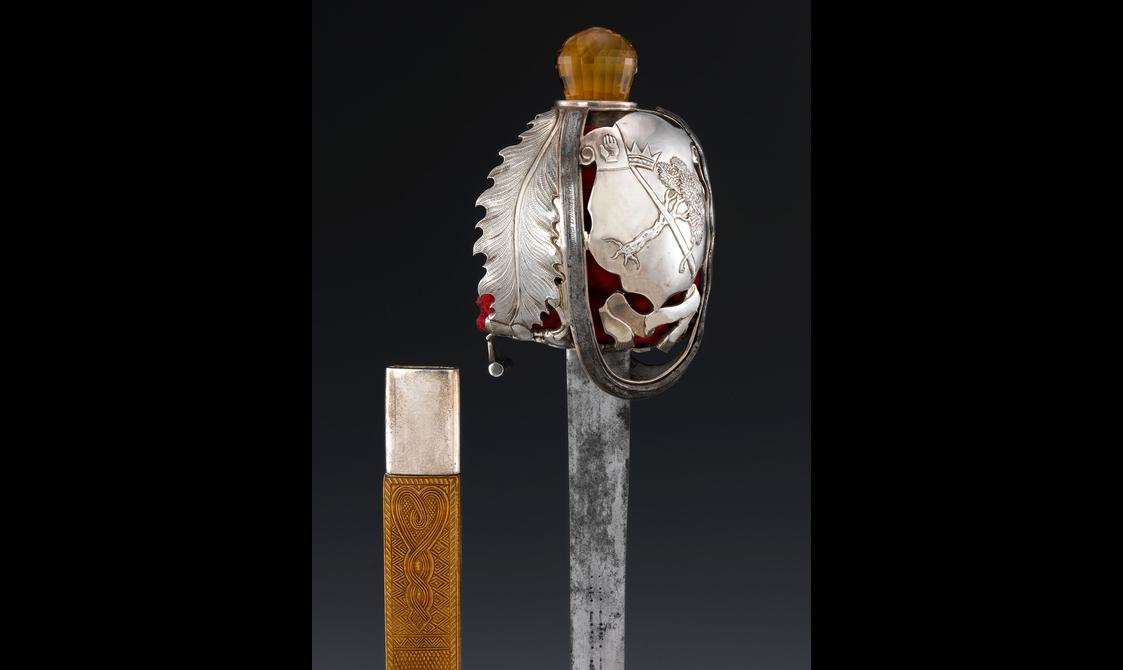
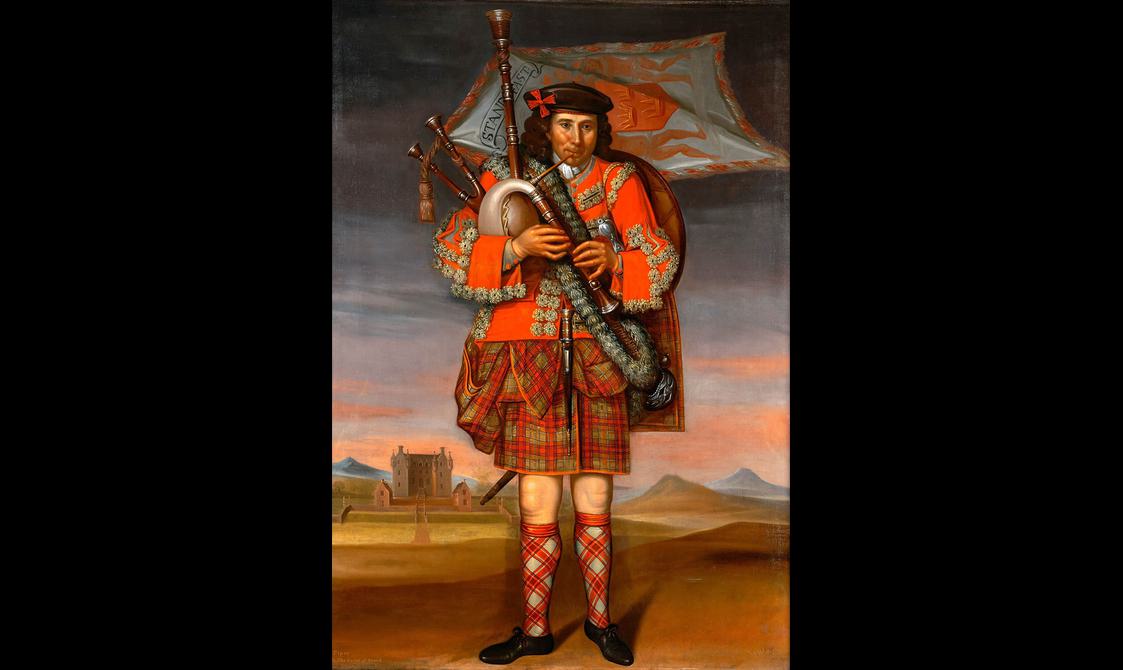
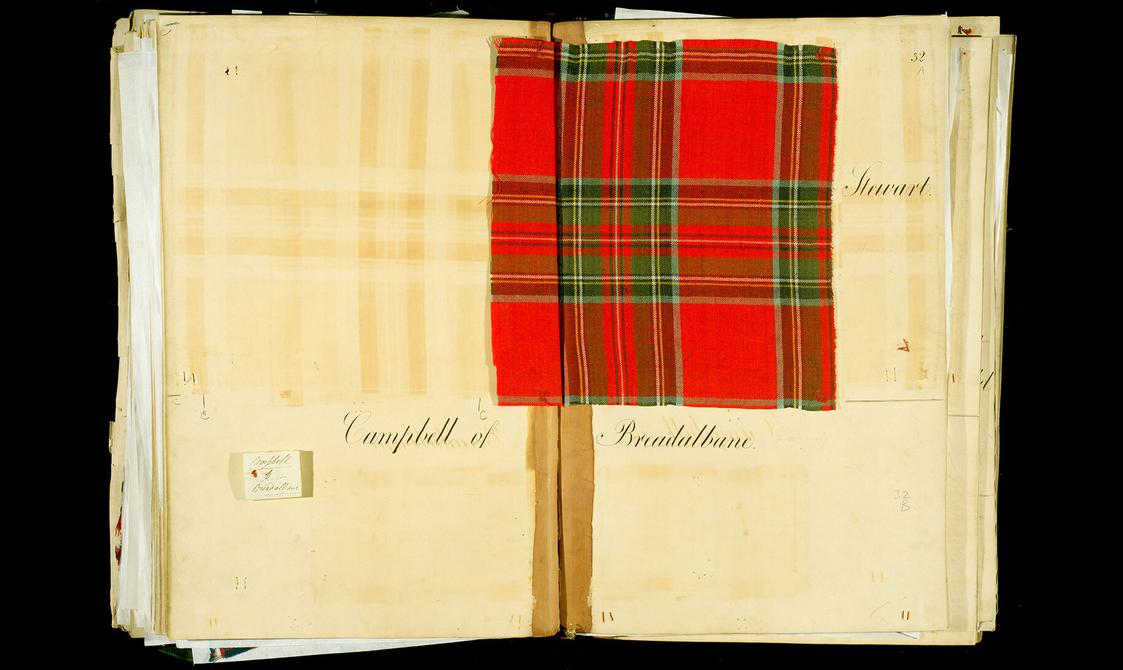
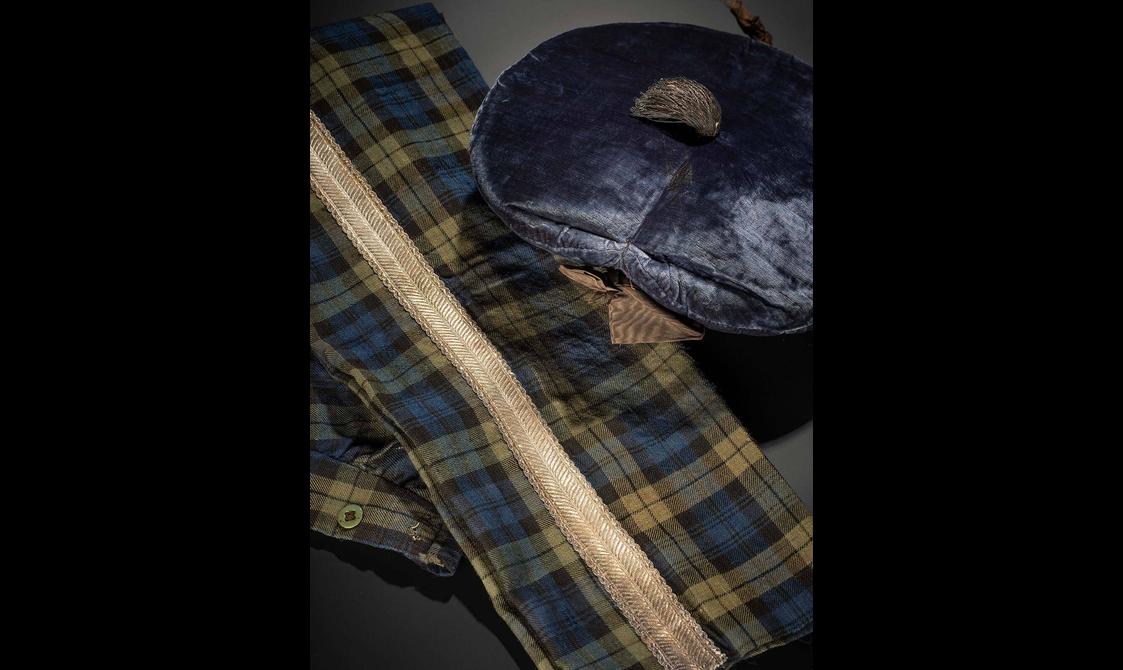
Visitor views
You might also like
- Discover
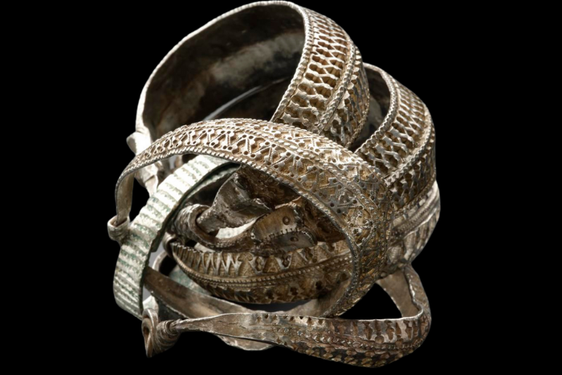
How ‘Viking’ is the Galloway Hoard?
When the Galloway Hoard was first unearthed in 2014, its piles of silver arm-rings and ingots made it seem like a classic Viking hoard. The more that we learn about it, the less ‘Viking’ it looks, even as it continues to give us incredible…Keep reading - Discover
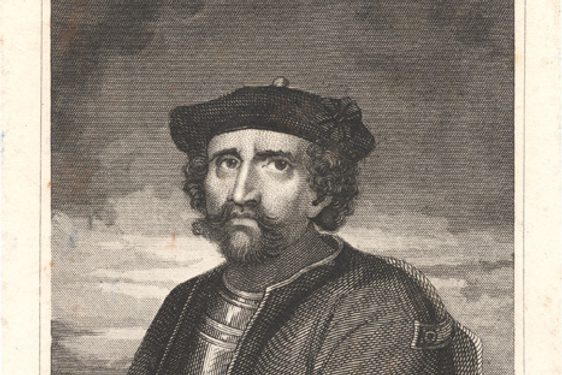
Who was Rob Roy MacGregor?
Born in Glengyle in 1671, Robert McGregor would became famous as an outlaw, known as the 'Scottish Robin Hood'. McGregor's nickname ‘Rob Roy’ comes from Ruadh, which means red in Gaelic – a reference to his fiery red hair. Rob Roy the…Keep reading - Discover
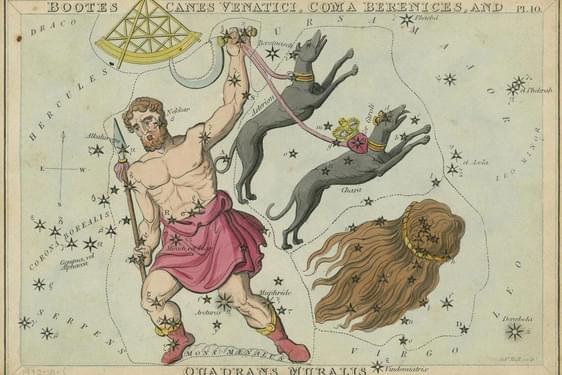
A 19th century guide to constellations
Written by Dr Rebekah HiggittHow well do you know your stars? Learn how to identify constellations like an aspiring astronomer in the 1800s with help from Urania’s Mirror.Keep reading